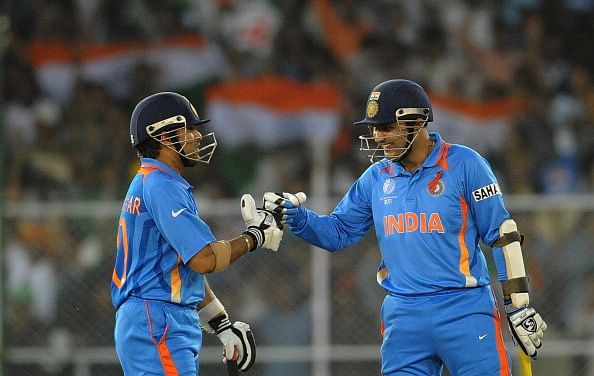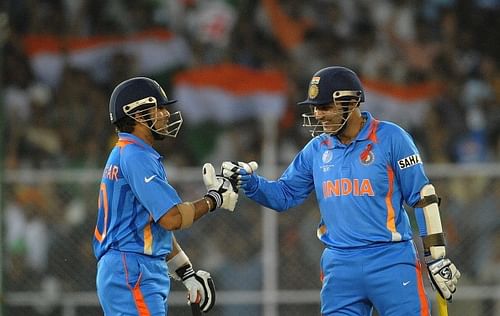
A look at India's World Cup-winning patterns
1983: The World Cup that left an indelible mark in Indian cricket historyIt was a spring of despair that turned into a summer of hope. The unexpected show of strength at the 1983 World Cup proved that there was some light at the end of the tunnel after the miserable tours of Pakistan and West Indies, and helped begin a new era in Indian cricket, changing the perception of the shorter format of the game. It was the World Cup that began a national obsession.ODI cricket came to the forefront as it suited India’s style of playing and was celebrated by the masses, slowly became the force majeure format sidelining Test cricket. Before the World Cup in 1983, India had the reputation of a team that would perform badly, not because of a lack of passion for the game or incapable players, but due to its appalling squad selection. The 1983 World Cup squad was more balanced than the previous two editions and had talented players from all over the country and not just Bombay.2011: World champions for the second timeIt was a scene straight out of a Nicholas Sparks novel – tears of joy rolling down the faces of grown men and emotional players screaming and jumping with joy, for what was the defining moment of their lives. It was a moment that touched billions of hearts, with Harbhajan Singh crying on the field, Sachin Tendulkar running out with a broad smile and Yuvraj Singh screaming in joy and celebration.India were the pre-tournament favourites, but no host nation had won the World Cup final on its own soil before. It was also special because, in more ways than one, it was payback as it was Sri Lanka who eliminated India in the semi-finals of the 1996 World Cup. The 2011 final was watched live by a billion people all over the world and became the most watched match in any sport. The ODI era that flourished after the 1983 World Cup had finally come a full circle. India were world champions again, but only this time as favourites and not as underdogs.Here’s a look at some similarities between the two World Cup-winning teams:
#1 Good opening pair and stable number 3

In both World Cups, India had two legends of the game opening for them – Sunil Gavaskar in 1983 and Sachin Tendulkar in 2011. Incidentally, both of them are from Mumbai which has a reputation for producing technically sound batsmen. They were accompanied on the pitch by hard-hitting men in Kris Srikanth and Virender Sehwag, who sometimes overshadowed their partners with aggressive quick-fire knocks.
Also, in 1983, the No.3 position was occupied by a ‘Delhiwallah’ who played a major role in the finals (Mohinder Amarnath) and, in 2011, Gautam Gambhir occupied that slot and carried India in the moment of crisis after the first five overs in the game that mattered the most.
Pattern: Good opening pairs with a mix of aggression and technical superiority helped India lay a strong foundation. If both of the openers failed, a stable No. 3 was there to help keep the scoreboard ticking.
Trivia: India won 4 league stage matches in both World Cups and the finals were played on a Saturday.